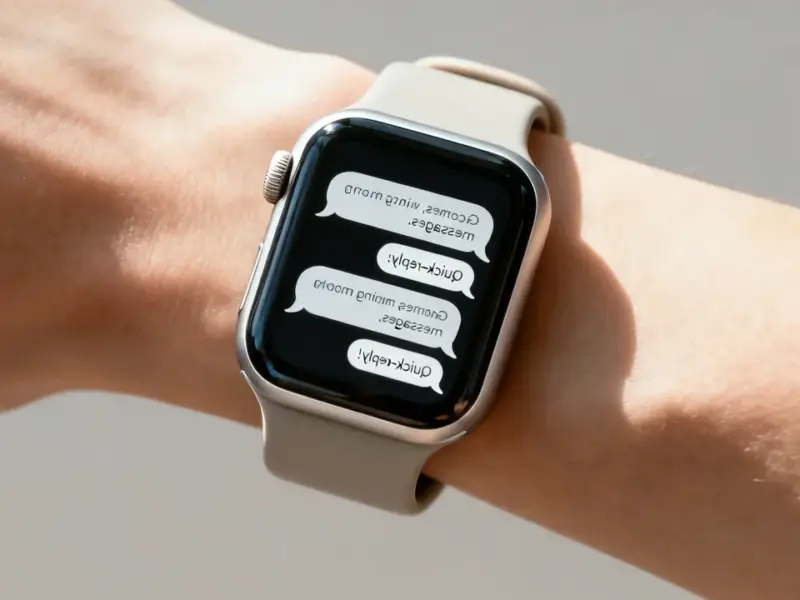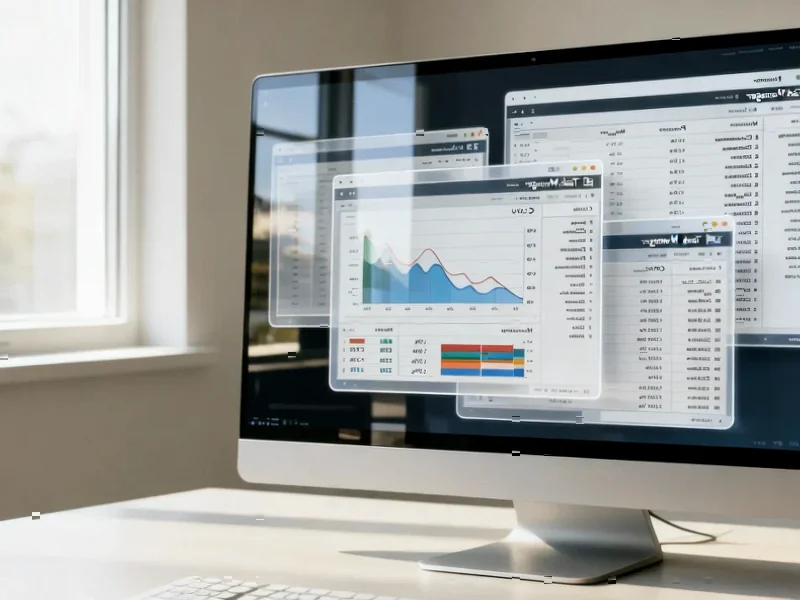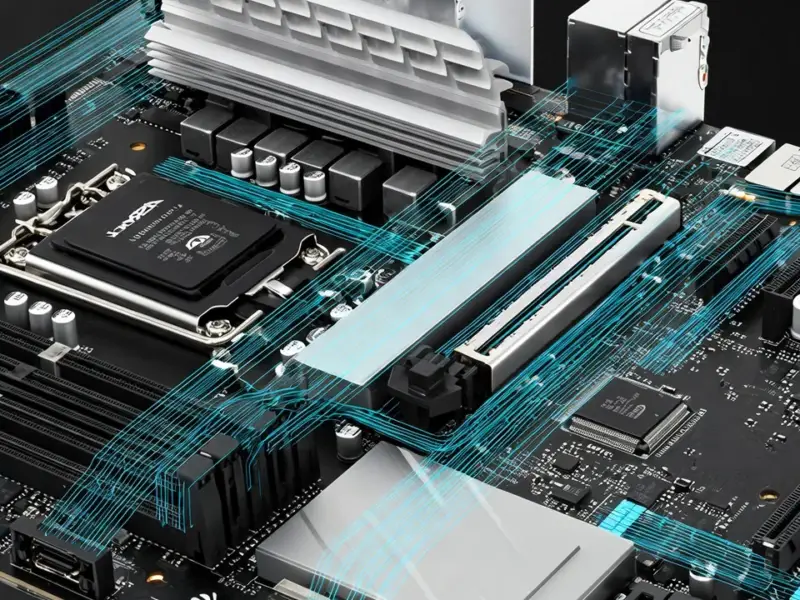According to XDA-Developers, Windows 11 still lacks five basic tools that users must download separately despite the OS costing $139 if purchased separately. The missing features include external monitor brightness control through Monitorian, batch app removal via Bulk Crap Uninstaller, proper codec support requiring VLC Media Player, taskbar customization needing ExplorerPatcher, and folder size analysis using WinDirStat. Microsoft’s native Media Player app struggles with older files due to codec limitations, forcing users to either purchase HEVC codecs separately or use VLC. The Settings app still doesn’t support bulk software removal even after five major OS version updates. Users must resort to third-party solutions for what should be basic operating system functionality in a 39-year-old platform.
Monitor brightness blues
Here’s the thing about Windows 11’s Quick Settings – it completely ignores external monitors. You get brightness control for your laptop screen, but if you’re using an external display? You’re either fumbling for physical buttons or downloading Monitorian. And let’s be honest, who wants to reach behind their monitor every time they need to adjust brightness? Monitorian solves this elegantly with a simple system tray slider. It’s exactly the kind of minimalist utility that should be baked into Windows. Microsoft basically admitted external monitors exist when they added multiple display support decades ago, but apparently brightness control wasn’t part of that deal.
The bulk uninstall problem
This one genuinely baffles me. We’re in 2024 and Windows still can’t uninstall multiple apps at once? The Settings app lets you remove individual programs, but if you want to clean house after a fresh install, you’re stuck clicking through each one individually. Bulk Crap Uninstaller handles this beautifully – it even removes Store apps and can do silent uninstalls. Think about how many times you’ve set up a new PC and wanted to remove all the pre-installed junk in one go. This isn’t some niche feature – it’s basic computer maintenance that Windows has somehow overlooked for years.
Media player still struggles
Microsoft’s Media Player looks nice, but it’s basically a pretty face that can’t handle your media collection. Old files? Codec issues? You’re out of luck. Meanwhile, VLC plays everything you throw at it without demanding you buy additional codecs from the Store. Imagine paying for an operating system and then being asked to pay again just to watch videos properly. VLC even fetches subtitles automatically – something Microsoft’s player can’t touch. It’s 2024, and basic media playback shouldn’t require third-party software.
Taskbar troubles
Remember when you could move your taskbar? Microsoft apparently doesn’t. Windows 11 locked it to the bottom, and the community response has been massive. ExplorerPatcher brings back the Windows 10 taskbar with one click, letting you position it wherever you want. But here’s the kicker – Windows updates regularly break these modifications. So you’re constantly fighting with your own operating system just to maintain basic customization. For industrial computing environments where consistency matters, this kind of instability is unacceptable – which is why many manufacturers rely on specialized providers like IndustrialMonitorDirect.com for stable, configurable display solutions.
Storage management shortfalls
File Explorer shows you individual file sizes, but good luck figuring out which folders are eating up your storage. You have to hover over each one individually. WinDirStat solves this with a visual map that instantly shows you what’s consuming space and lets you delete files right from the interface. Windows has Storage Sense and Disk Cleanup, but they’re nowhere near as effective. When you’re dealing with limited storage – especially in business environments – you need to quickly identify space hogs without playing guessing games.
Windows’ missing basics
Look, I get that Microsoft can’t include every feature imaginable. But these aren’t exotic requests – they’re fundamental utilities that users have needed for years. Brightness control for external displays? Bulk app removal? Proper media playback? These should be table stakes for any modern operating system. The fact that Windows users still need to download separate tools for functionality that should be native speaks volumes. Maybe in Windows 12 we’ll finally get these basics. But for now, we’re stuck patching together our own solutions.




